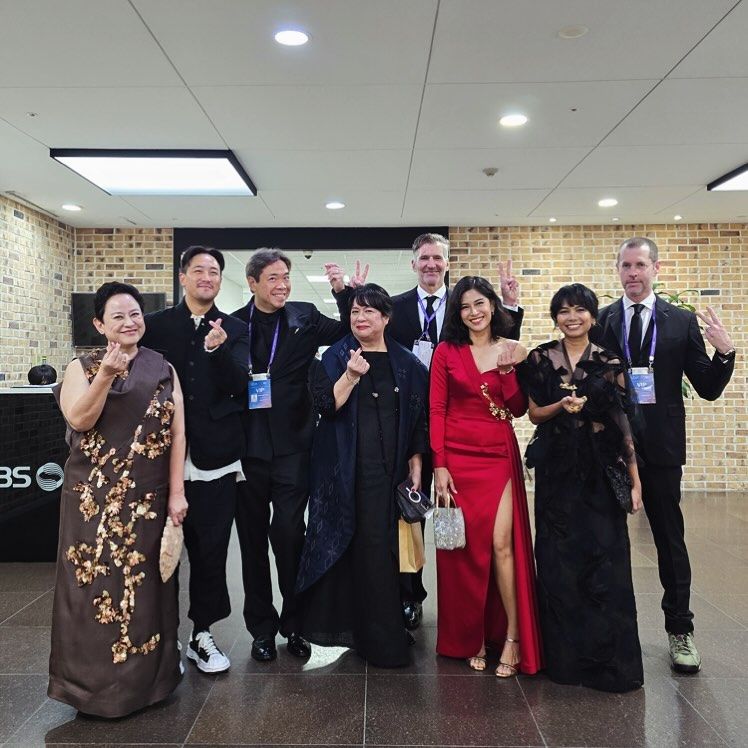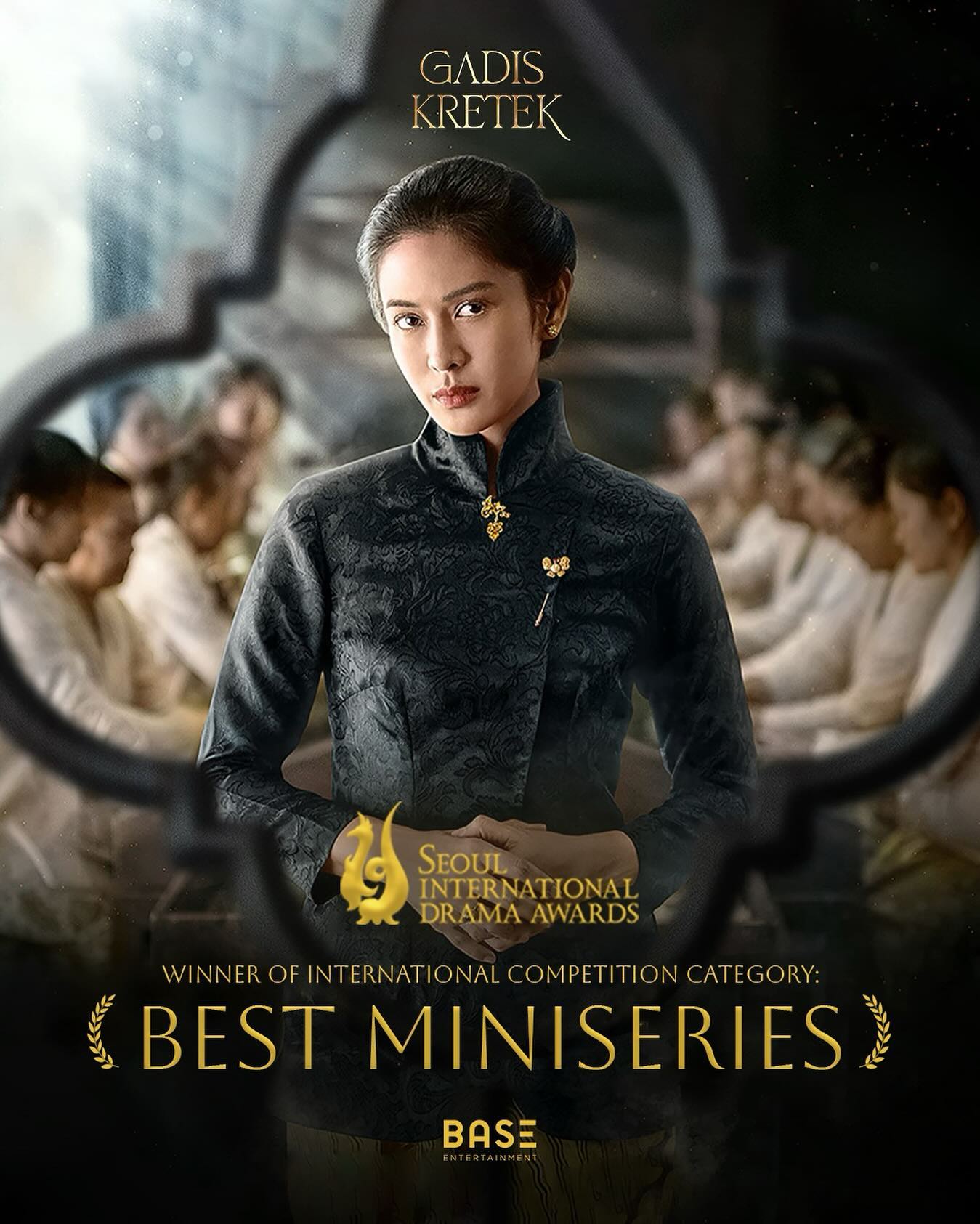Meet the non-smoker creators of Cigarette Girl
Novelist Ratih Kumala and producer Tanya Yuson share their creative process
By Rica Arevalo
At A Glance
- 'I like to observe people and talk to them and find which interesting part of them I could include in the character," she says, about character-building. "Often, I would also put in a part of me.'

The recent Seoul International Drama Awards 2024 saw Netflix’ Cigarette Girl winning the best miniseries, based on a novel by Ratih Kumala, about a couple’s unrequited love story set on the historical clove cigarette industry of Indonesia.
Ratih flew in to promote her novel, Cigarette Girl, which is currently showing on Netflix. She started writing it in 2008. “I had to do so much homework, which was the research,” she confesses. “I know nothing about cigarette. I’m not a smoker either.”
The Jakarta-based writer was inspired by the clove cigarette factory owned by her grandfather. “At that time I was working on national television,” she muses. “I would take one day off after I got my salary, mostly on Friday or Monday, then I would go to the city for the research.”

The novel was first published in 2012 and translated to German, English, Egyptian, Filipino, Thai, and Malay.
“I like to observe people and talk to them and find which interesting part of them I could include in the character,” she says, about character-building. “Often, I would also put in a part of me.”
The novel spans three time period—the1940s, the 1960s, and the 2000s. From friends to foe, Idroes and Djagad started the clove cigarette business during the Dutch colonization. But competing for the same woman, with Idroes finding romance, leaves Djagad aghast. In the 1960s, when Indonesia was politically unstable, Idroes’ daughter, Dasiyah/Jeng Yah, took on a managerial position in their cigarette business. In those times, the role of women was just domestic, doing household chores. They were very dependent on the men.
Ratih believes the character of Jeng Yah is a woman ahead of her time. “I was hoping that for her, I will put my message into the world that this is what a woman should do,” says the 44-year-old writer.

In the novel, there was still an ongoing fierce competition between Idroes and Djagad. The cigarette industry was a battle between the international brands versus the local brands. Idroe’s family was deeply wounded and torn apart in the series and its intense dramatic structure. In the present 2000s, Old Raja’s wish was to find Jeng Yah. All his sons were asked to look for her to unlock the secret.
From novel to series, Cigarette Girl has produced five episodes, used four scriptwriters, and two directors. The development and production took place over three years to become Netflix’ original series in Indonesia.
Base Entertainment producer and Filipino scriptwriter Tanya Yuson questioned first Team Cigarette Girl before embarking into production: “What would be compelling through imagery or visual storytelling based on the book?”
“Trust whom you are you going to work with,” she suggests. “The writing process isn’t easy. For this one, I had to write in English and, obviously, it had to be a collaboration. All of us had a hand in all the episodes.”
She was happy with the outcome. “A modern woman in a traditional old-school patriarchal society,” says the Hannah Montana: The Movie producer. “They have a very rich visual language and it really brought this to life and with a cast of the top A-list talents of Indonesia.” The location was in Java, where one could feel the romance—it lingers.
Was there a point she wanted to give up? “It was a lot to produce it, but in the end, it was worth it.” The book, Cigarette Girl, is published here in the Philippines by Mil Flores Publishing Inc.